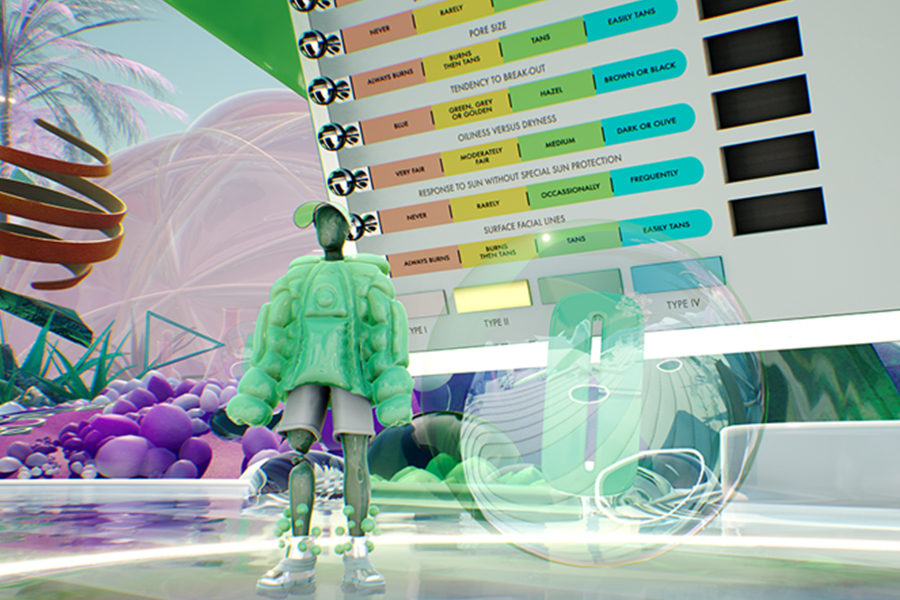Why Clinique’s Next Move In The Metaverse Is A Winning Formula For Web3 Retail
Clinique is launching digital laboratory Clinique Lab, an all-immersive, multi-sensory gamified experience that combines retail with edutainment.
Having created custom avatars, users can explore different zones including a museum spotlighting the brand’s history and a skin school offering both video tutorials and interactive diagnostics with customized skincare solutions defined by consultants in real time.
Particular focus is Clinique hero product Moisture Surge with ingredients and formula showcased alongside the effect of environmental factors on the skin. Of course, there’s also a retail play; users can shop featured products, checking out via the Clinique’s regular e-commerce channel.
“It’s a new way to present our brand — an adventure that’s deeply experiential and aspirational, with an element of personalization both in the avatar and the way you decide to engage with it,” said Clinique VP of e-commerce Emmanuel Rousson during a preview via Zoom.
Created by web3 outfit Journee (clients include H&M and BMW for which it’s respectively designed virtual showroom and metaverse experiences), the execution is impressive.
Inside Clinique Lab, the brand’s new digital retail experience in the metaverse.
Elements of gamification — where participants can collect bubbles to win sample size editions of focus products — speak to the target Gen-Z demographic. However, unlike many such brand initiatives, Clinique Lab is not just mobile optimized, it’s mobile first.
“Gen-Z and desktop is not a good mix,” says Rousson, adding that the mobile experience is much “more immersive” and the navigation “more efficient.” Users can jump between zones in one click in either format.
Clinique Lab also hits the right notes when it comes to tone and storytelling. “One of our biggest challenges as a heritage brand is how to talk about where we come from without alienating younger consumers — finding methods to tell that story that are interesting and relevant,” says SVP global creative director Elizabeth Nolan.
Case in point, the history play, which highlights Clinique as the first brand to talk about the impact of birth control on the skin and how the brand was an early adopter of computerized skin diagnostics in its department store locations.
When it comes to the metaverse, Rousson regards it as an additional vehicle for marketing and communication — “complementing our e-commerce channel and helping to elevate it,” he says.
All about the formula at Clinique Lab new metaverse beauty experience.
While this first iteration supports Clinique’s bestselling Moisture Surge, he cites opportunities to launch new products and involve influencers and community while also focusing on other hero product such as hydrating serums and makeup.
Going forward the focus is on applying web3 technology in a meaningful way so it brings further value to the retail experience adds Nolan. “Just showing up with it as a device is not enough and the consumer calls you out on it. They know when they’re just being given a tactic.”
Last year, for example, Clinique worked with artists to create NFT make-up looks for holders of Non Fungible People community PFPs (a collection representing women and non-binary people, 60% of which depict people of color). The campaign sought to draw attention to lack of diversity in the web3 space and to help redress the balance.
Consumer reaction to the new Clinique Lab virtual concept will help determine the next steps. “It could be a very interesting tool for seasonal campaigns,” says Rousson. “It’s an ongoing process and we have are a lot of ideas in the pipeline.”
Source: Forbes






